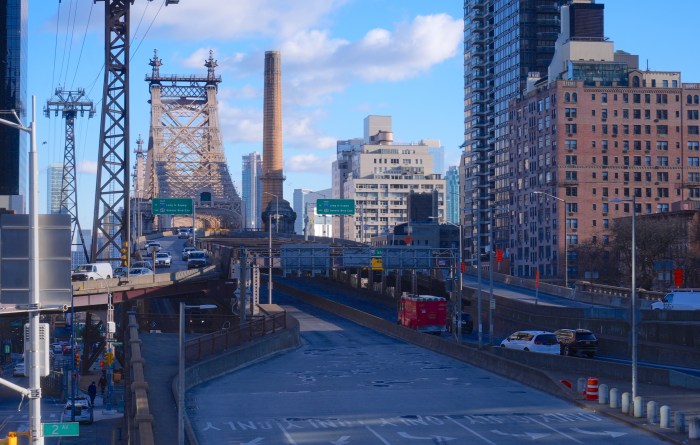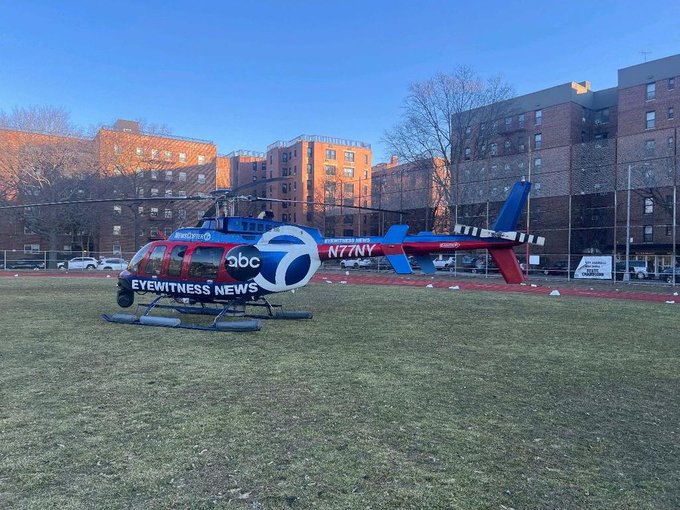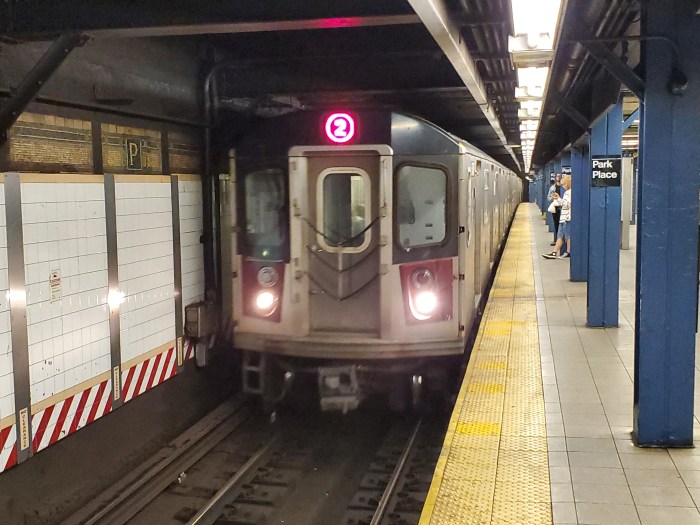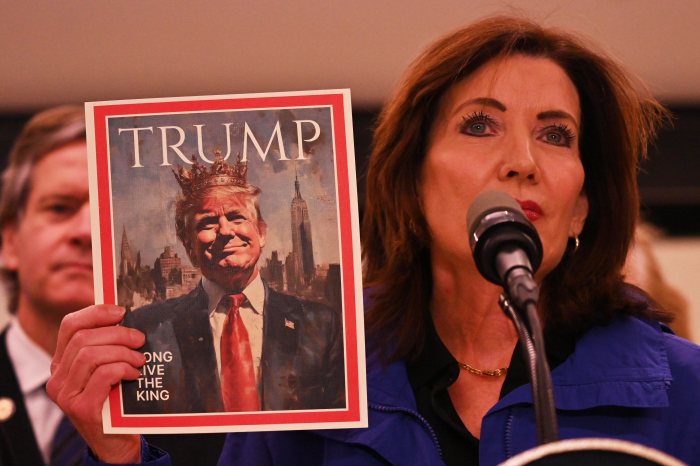Northeast Queens residents will get LIRR discounts, among other transit improvements, as part of congestion pricing agreements made via this year’s state budget.
Area Assembly members Edward Braunstein and Nily Rozic celebrated the initiatives Wednesday as a means of offsetting the impact new Manhattan tolls could have on outer-borough residents in the city’s transit deserts.
“We don’t have access to subway service in the 26th assembly district, so wanted to find a way to make it easier to take commuter rail,” Braunstein said. “With congestion pricing coming, we wanted to encourage people to get out of their cars and take trains.”
Under the agreements made during the finalization of the state’s $175 billion budget, commuters will get a 20 percent reduction on LIRR monthly passes at seven Queens stations; $3 million will go toward increasing MTA express bus service, and another $6 million will go toward improvements to “first mile-last mile” connections, according a news release from the two elected officials.
The initiatives will be paid for via the $50 million “Outer Borough Transit Fund,” which was created in last year’s budget and is funded through the congestion surcharge on e-hails and taxis operating in Manhattan under 96th Street — what Gov. Andrew Cuomo considered to be the first phase of a congestion pricing plan for Manhattan.
The LIRR discounts, which will save Penn Station-bound commuters almost $50 a month on their monthly pass, will be applicable at the following stations: Auburndale, Bayside, Broadway, Douglaston, Flushing-Main Street, Little Neck, and Murray Hill. The politicians are still waiting on the effective date for the discount.
The MTA did not immediately respond to a request for comment.
It was not yet clear what the new money will translate to in terms of changes to express bus service or new solutions for first mile-last mile connections.
“In areas where people often take two buses to a train, or have to walk more than 10 minutes to a bus, we’re hoping to come up with some innovative ideas to address how we can get people to transit hubs a lot faster and more efficiently,” Rozic said.
Without subway connections, residents in Rozic and Braunstein’s neighboring districts are considered to be more car-dependent — but they’re still far more likely to rely on transit to get to Manhattan for work, according to an analysis from the Tri-State Transportation Campaign, supporters of the policy.
Just a small fraction of their constituents would be subjected to new tolls under the congestion pricing outline passed in the state budget, which will eventually charge vehicles passing through Manhattan at 60th Street, the group found.
In Rozic’s 25th Assembly District, 4.8 percent of commuters who drive to work or take taxis would be subject to the tolls, while 5.7 percent of commuters in Braunstein 26th Assembly District would face the charge.
“We are proud to work with the Senate and Assembly as they identify areas of need and help improve transportation options for all New Yorkers," said Patrick Muncie, a spokesman for the governor.




































